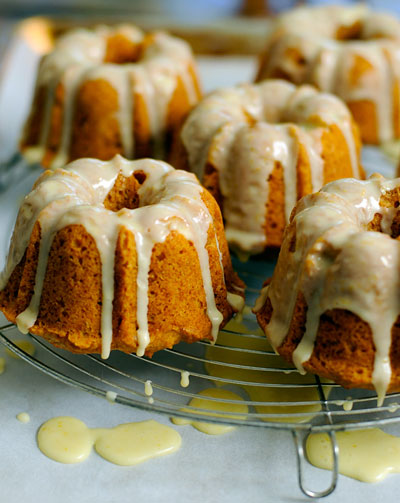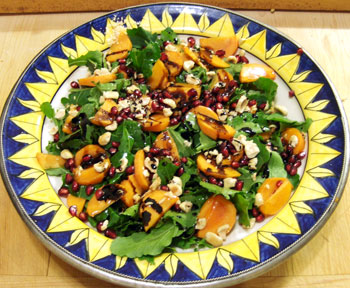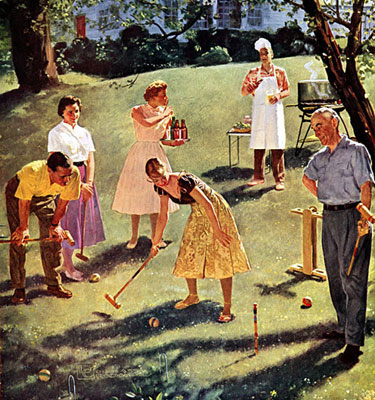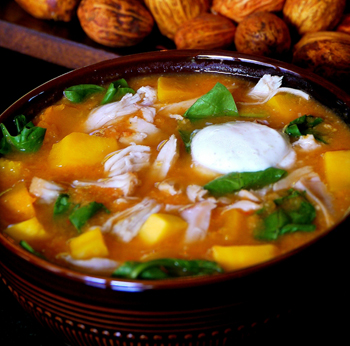 I always look forward to Thanksgiving. Sharing the holday with my family, extended family, and a handful of friends. Each year, my sister-in-law and I alternate with hosting it. I do like having it my house because it makes me organize my clutter, clean where I wouldn’t normally clean, and repair whatever seems to be broken at the moment.
I always look forward to Thanksgiving. Sharing the holday with my family, extended family, and a handful of friends. Each year, my sister-in-law and I alternate with hosting it. I do like having it my house because it makes me organize my clutter, clean where I wouldn’t normally clean, and repair whatever seems to be broken at the moment.
This year I will be a guest. Yet, I am not off the hook with contributing to the meal. Volunteering to make Rustic Herb Stuffing, Cranberry-Raspberry Relish, Pecan Pie, and a delicious Sweet Potato Casserole with a Pecan Crumble. YUM! The rest of the meal was equally delicious; roast turkey, roasted brussel sprouts, butternut squash soup, carmelized string beans with hazelnuts, and the list goes on.
For the Sweet Potato Casserole, I had roasted way too many sweet potatoes and after peeling and ricing them I realized I had gone a bit overboard. With left overs on hand, I was inspired to create something new. In the past, I have made muffins, waffles, and pancakes, but today I chose to make a pound cake.
Using pantry staples, I whipped up the batter in minutes and made 6 mini bundts and 2 small loaves. This cake is so light and airy and down right delicious. To date, this is one of my favorites.

 Sometimes lettuce is just not good enough. With its peppery spiciness, arugula has a refreshing bite. In Southern California, even though it gets cold in the Winter, arugula thrives in the year-round sunshine, so we're able to buy fat bunches any time of the year for $1.00/bunch.
Sometimes lettuce is just not good enough. With its peppery spiciness, arugula has a refreshing bite. In Southern California, even though it gets cold in the Winter, arugula thrives in the year-round sunshine, so we're able to buy fat bunches any time of the year for $1.00/bunch.
